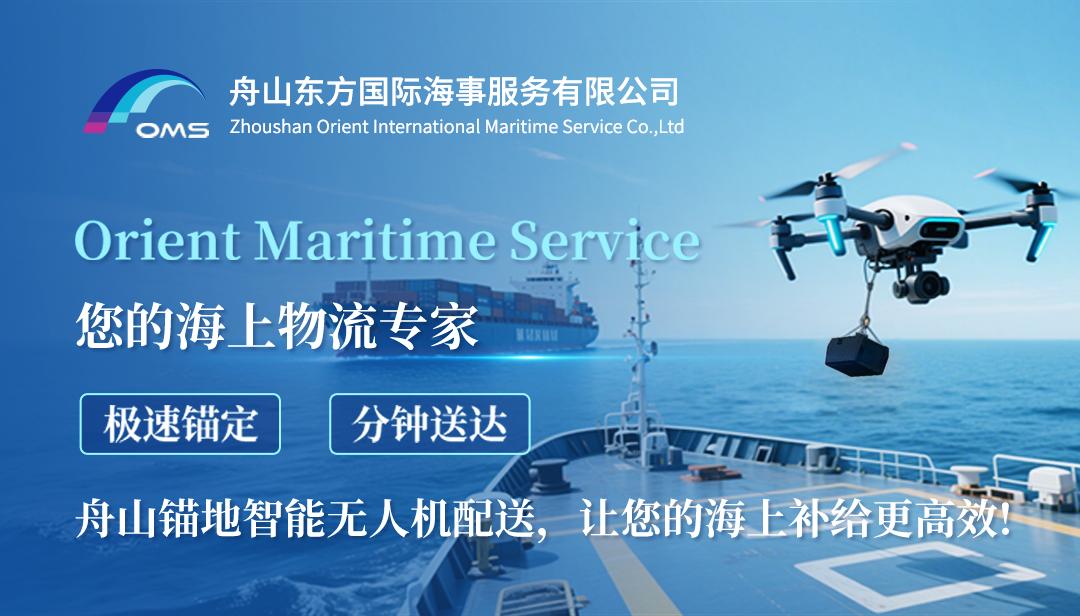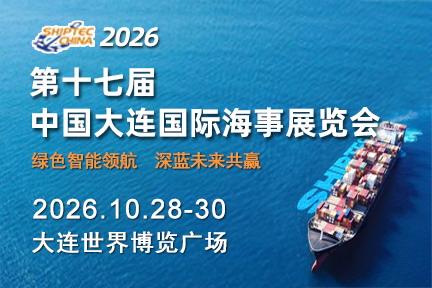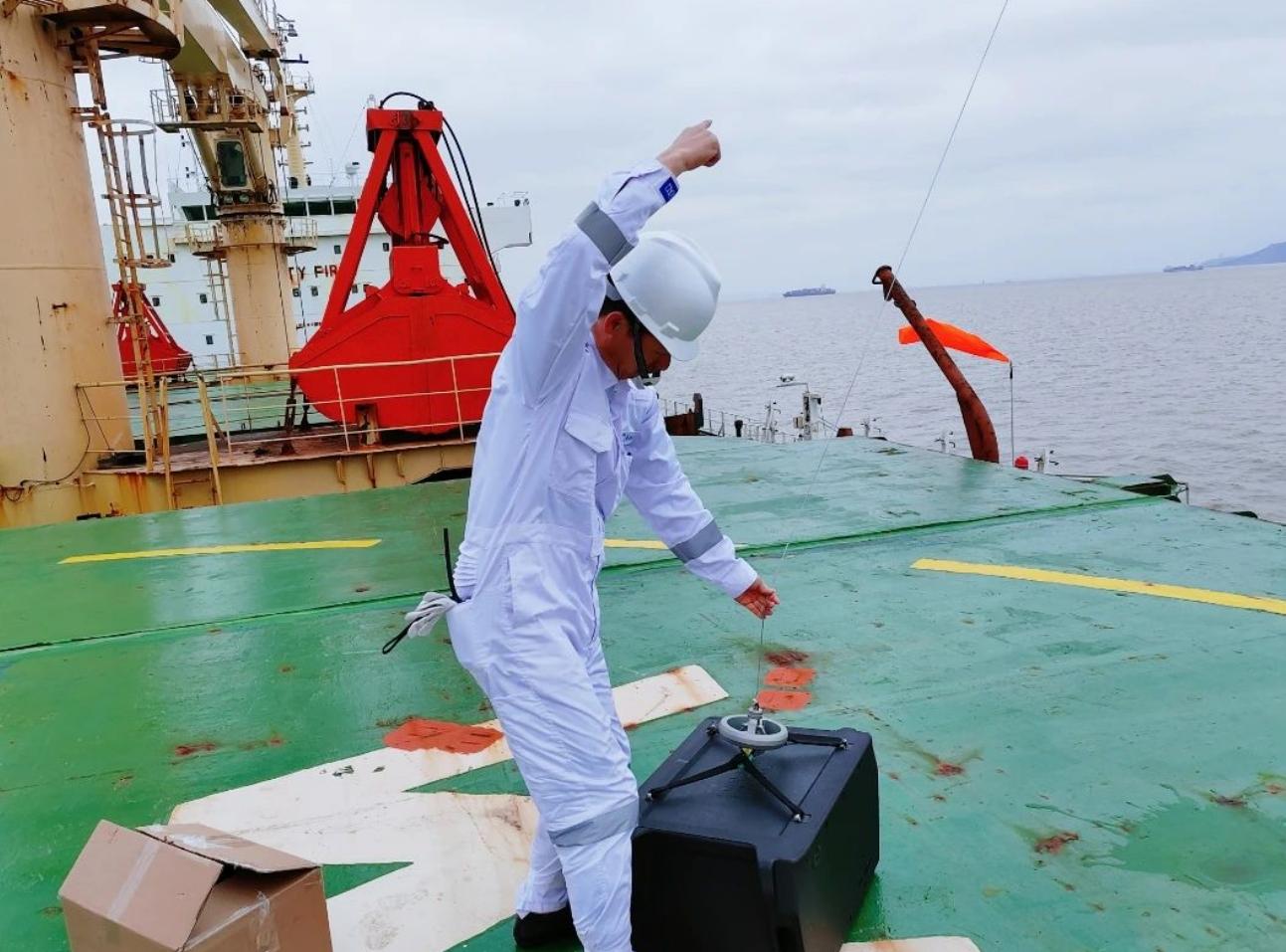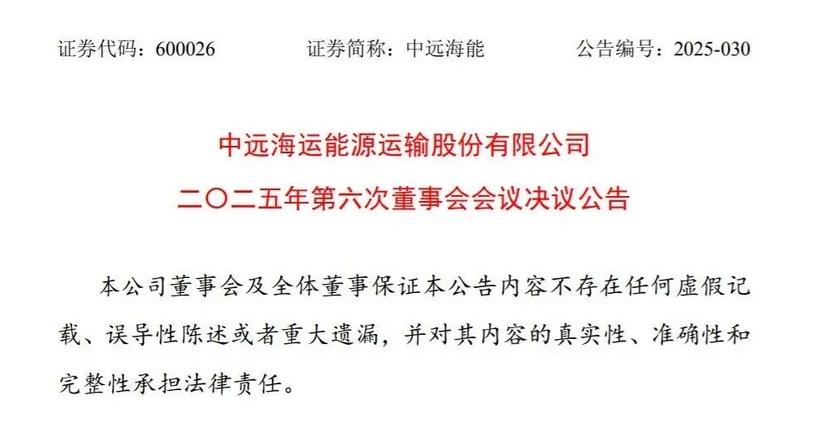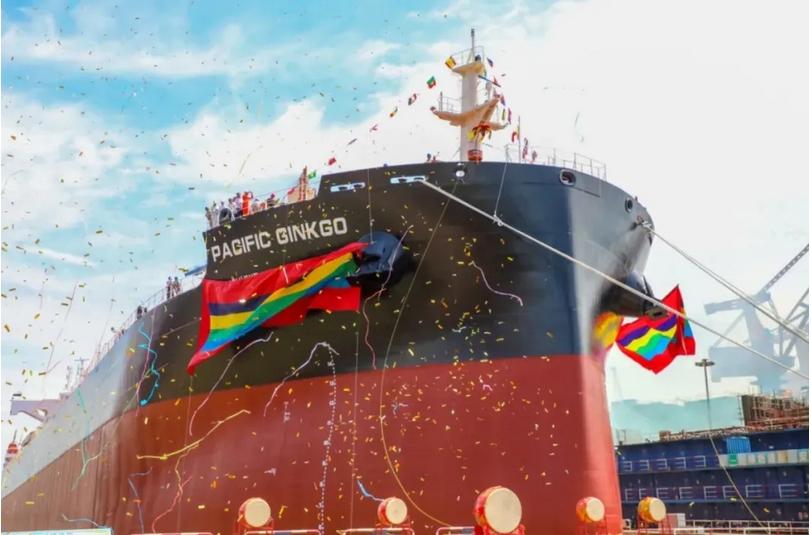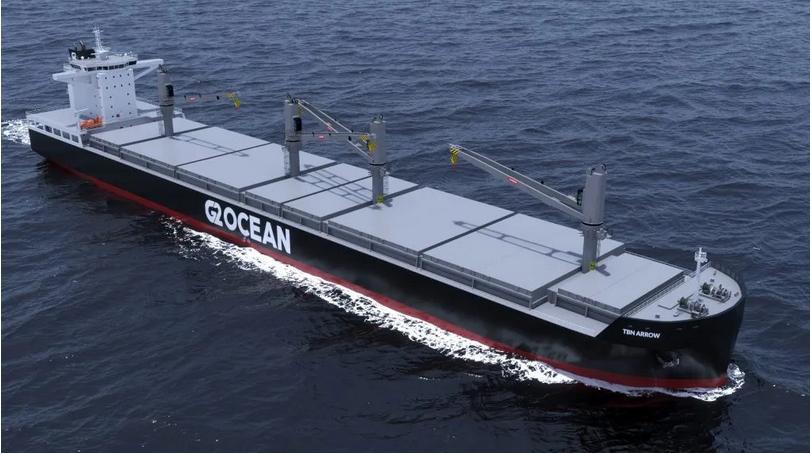《装卸时间与滞期费》第6版
CHAPTER 3 第3章
Commencement of laytime
装卸时间的起算
3.61 Later in his judgment, having said: ‘‘There will never be a port, in the ordinary business sense of the word, unless there is some element of safety in it for the ship and goods’’, he went on to say:
Now sometimes you have only a place of comparative safety, a place in which neither the natural configuration of the land with regard to the sea, nor the artificial walls make a perfectly safe port, but only a place of comparative safety. Then you have not such easy means of ascertaining what the parties to a charterparty must have meant by ‘‘the port’’, and you must find out where, in fact, people have had their ships loaded and unloaded. The moment you can find that the loading and unloading of ships takes place at a particular spot, you may safely infer that the parties understood that spot to be within ‘‘the port’’, because as a general rule people do not load or unload goods outside the port... But the port may extend beyond the place of loading and unloading... Then, if you want to find out how far the port extends beyond the place of loading and unloading, what is the next test you would apply? If you find that the authorities, who are known in commercial business language as ‘‘the port authorities’’, are exercising authority over ships within a certain space of water, and that the shipowners and shippers who have ships within that space of water are submitting to the jurisdiction which is claimed by those authorities, whether legally or not, whether according to Act of Parliament or not, if you find what are called ‘‘the port authorities’’ exercising port discipline, and the ships which frequent that water submitting to the port discipline so exercised, that seems to be the strongest possible evidence that the shipowners, the shippers and the port authorities... have all come to the conclusion to accept that space of water in which the authority is so exercised as ‘‘the port’’ of the place.
3.61后来在他的判决中,他说道:‘根据通常商业意义上用语,这根本不是一个港口,除非它同船舶和货物的安全有些关联’,接着他又说:
现在有些时候你指的只能是一个相对安全的地方,这个地方既不是相对于大海的自然陆地构造形成的,也不是人造围墙造就的一个绝对安全的港口,它仅仅是一个相对安全的地方。这时,你就很难断定合同双方当事人所指的‘港口’一词的意思,然而你还必须找出他们的船舶实际装卸货的地点。这时你可能会发现,船舶正在一个具体的地点进行装卸货作业,此时你一定会有把握地推断合同双方当事人已经明白是把这一地点看作是在‘港口’之内,因为按照常理,人们是不会在港口之外进行装卸货作业的……但是,港口(的含义)可以一直延伸到装卸地点以外……
那么,如果你还想知道它在装卸货地点之外究竟还会延伸多远,用什么标准来衡量呢?如果你发现当局,也就是商业用语中常见的‘港口当局’,是对进入某一水域内的船舶行使权力,而且,对进入该水域的船舶的船东和托运人均服从当局所主张的管辖,无论是否法定的,也不论是否符合议会法案,如果你发现所谓的‘港口当局’行驶港口处罚权,和经常出入其水域的船舶也服从所行使的港口处罚权,这些似乎很可能是强有力的证据证明,当局行使权力的这个地方就是船东、托运人、港口当局……所有当事人得出结论并认可的‘港口’所在地。
3.62 This question of control was also taken up by Bowen LJ in his judgment in the same case, where he said:
Another matter which ought to be considered is the authority exercised, and the limits within which that authority is exercised, not for fiscal purposes, but for purposes connected with the loading and unloading, the arrival and departure of ships; the mode in which the business of loading and unloading is done, and the general usage of the place. Taking all these things together, you must make up your mind in each particular case as to the sense in which shipowners and charterers would be likely to intend to employ the term ‘‘port’’.
3.62在同一案例,Bowen大法官在他的判决中也对当局控制问题做了分析,他说:
另一个应该考虑的问题就是所行使的权限以及其适用的范围,这并不是指财政方面的,而是指与船舶装卸货和抵离港相关的;有关进行装卸货的商业模式,以及该地的一般习惯。结合所有这些事情,在每一个具体的案子中,你都必须搞清船东和承租人最有可能意图使用‘港口’这个术语的含义。
3.63 In The Johanna Oldendorff, both Lord Reid and Lord Diplock stressed that in practice it was usually relatively simple to decide whether the normal waiting area was within the port or outside it. Lord Reid put it this way:
Then it was argued that the limits of many ports are so indefinite that it would introduce confusion to hold that a ship is an arrived ship on anchoring at a usual waiting place within the port. But I find it difficult to believe that there would, except perhaps in rare cases, be any real difficulty in deciding whether at any particular port the usual waiting place was or was not within the port. The area within which a port authority exercises its various powers can hardly be difficult to ascertain. Some powers with regard to pilotage and other matters may extend far beyond the limits of the port. But those which regulate the movements and conduct of ships would seem to afford a good indication. And in many cases the limits of the port are defined by law. In the present case the umpire has found as a fact (par. 19) that the ship was ‘‘at the Bar anchorage, within the legal, administrative and fiscal areas of Liverpool/Birkenhead’’.
3.63在Johanna Oldendorff案,Reid勋爵和Diplock勋爵都强调指出,在实践中,对于确定正常的等泊区域是在港内还是港外这一问题,通常要相对容易些。Reid勋爵认为:
可能争论说,由于许多港口的界线如此含糊不清,这对于那些在港内通常等泊的地点锚泊船舶很难判定是否是属于抵达船。但是我发现,除了或许极少数的案子以外,这很难相信他们在判定任何具体港的通常等候位置是否属于该港范围之内还是范围之外方面会有什么真正的困难。港口当局行使其各项权力的区域也不难确定。甚至有些引航权或其他事项的权力可能延伸到远超该港界线之外。那些控制船舶动态和行为的这些权力似乎为此提供了很好的指示。而且,在许多案例中,港口的界线往往都是法定的。在目前这个案子中,公断人认定的事实(第19段)是该轮‘所在那个沙洲锚地属于利物浦港/伯肯黑德港的法定、行政的和财政的管辖区域’。
3.64 Comparing the relative areas occupied by a dock and a port, Lord Diplock said:
The area of a port, however, may be much larger. It may sometimes be less easily determinable, because of absence of definition of its legal limits or variations between these and the limits within which the port authority in actual practice exercises control of the movement of shipping; but I do not believe that in practice it is difficult to discover whether a place where ships usually wait their turn for a berth is within the limits of a named port; or is outside those limits as is the case with Glasgow and with Hull.
3.64对比港口占用的区域与码头占用的区域,Diplock勋爵说:
无论如何,港口的区域相对要大些。但有时它的区域却不易确定,因为缺少法定界的定义,或者,在法定界限与港口当局实际行使船舶动态控制权的范围之间的区别有很多不确定因素;但是,我并不相信在实践中很难判定船舶通常依次等泊的地点是否是在指名的港口范围之内,还是在该港口的范围之外,比如在本案,格拉斯哥港和赫尔港就是如此。
3.65 That the reported cases contain so few references to disputes as to whether a waiting area is within the limits of a particular port probably bears out what Lords Reid and Diplock say. Even in a case such as Logs & Timber Products (Singapore) Pte Ltd v. Keeley Granite (Pty) Ltd (The Freijo), which concerned the port of Lourenco Marques which apparently has no specified fiscal or commercial limits, it would appear that the arbitrator had no difficulty in deciding that the waiting area was within the port.
3.65 在所报道过的案例中,几乎很少提到有关等泊地点是否属于所指定港口的范围的争议,这或许可能证实了Reid勋爵和Diplock勋爵所阐述的观点。甚至在诸如Logs & Timber Products (Singapore)Pte Ltd v. Keeley Granite (Pty) Ltd (The Freijo)—案中,所涉及的莫桑比克Lourenco Marques马布托港,很显然是没有财政上的和商业上的界线,好像仲裁员们还是轻而易举地裁定等泊地方属于该港口的范围之内。

《装卸时间与滞期费》购买链接(点击可购买)
海运圈聚焦专栏作者 魏长庚船长(微信号CaptWei)

 2018-12-24
2018-12-24 663
663 


